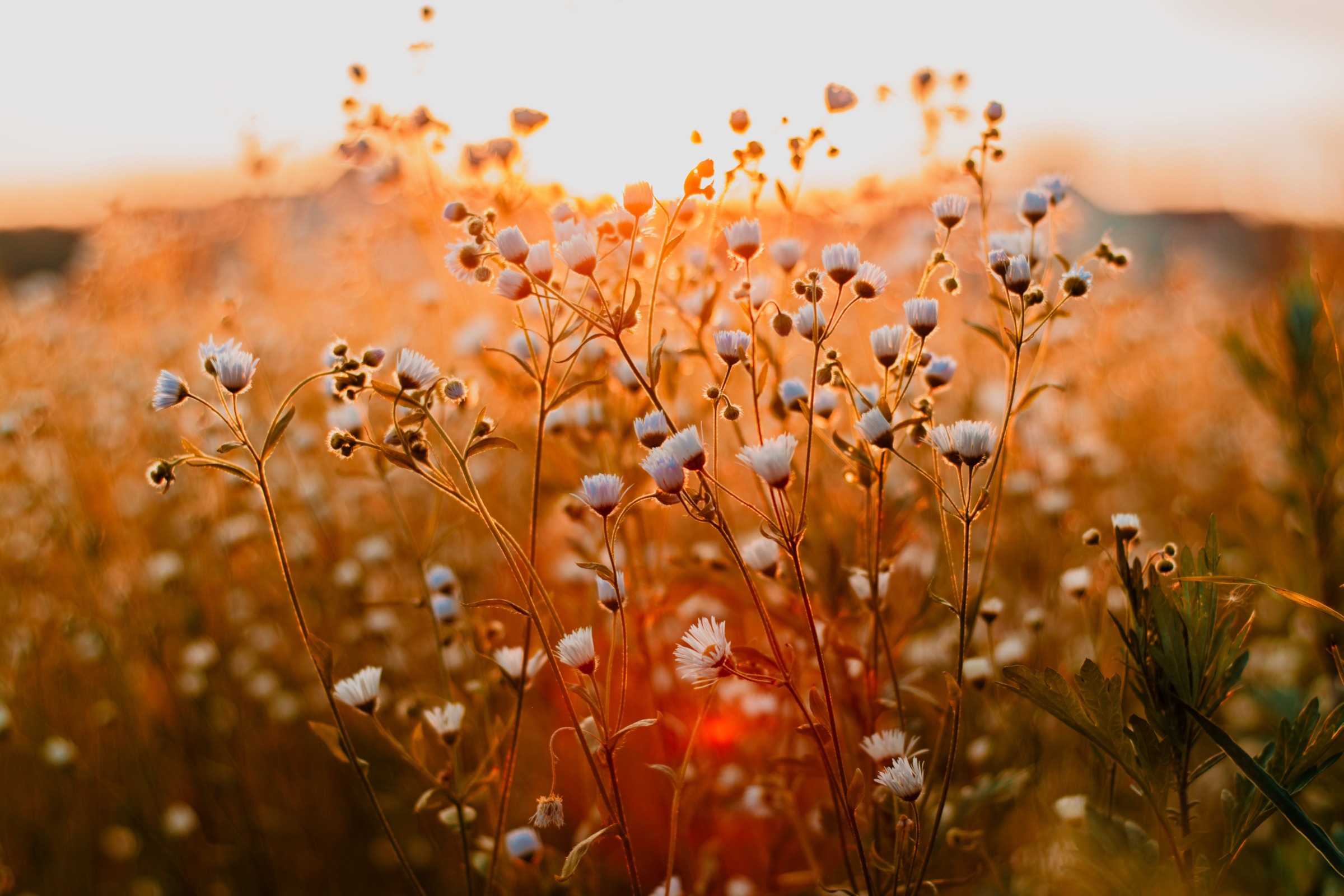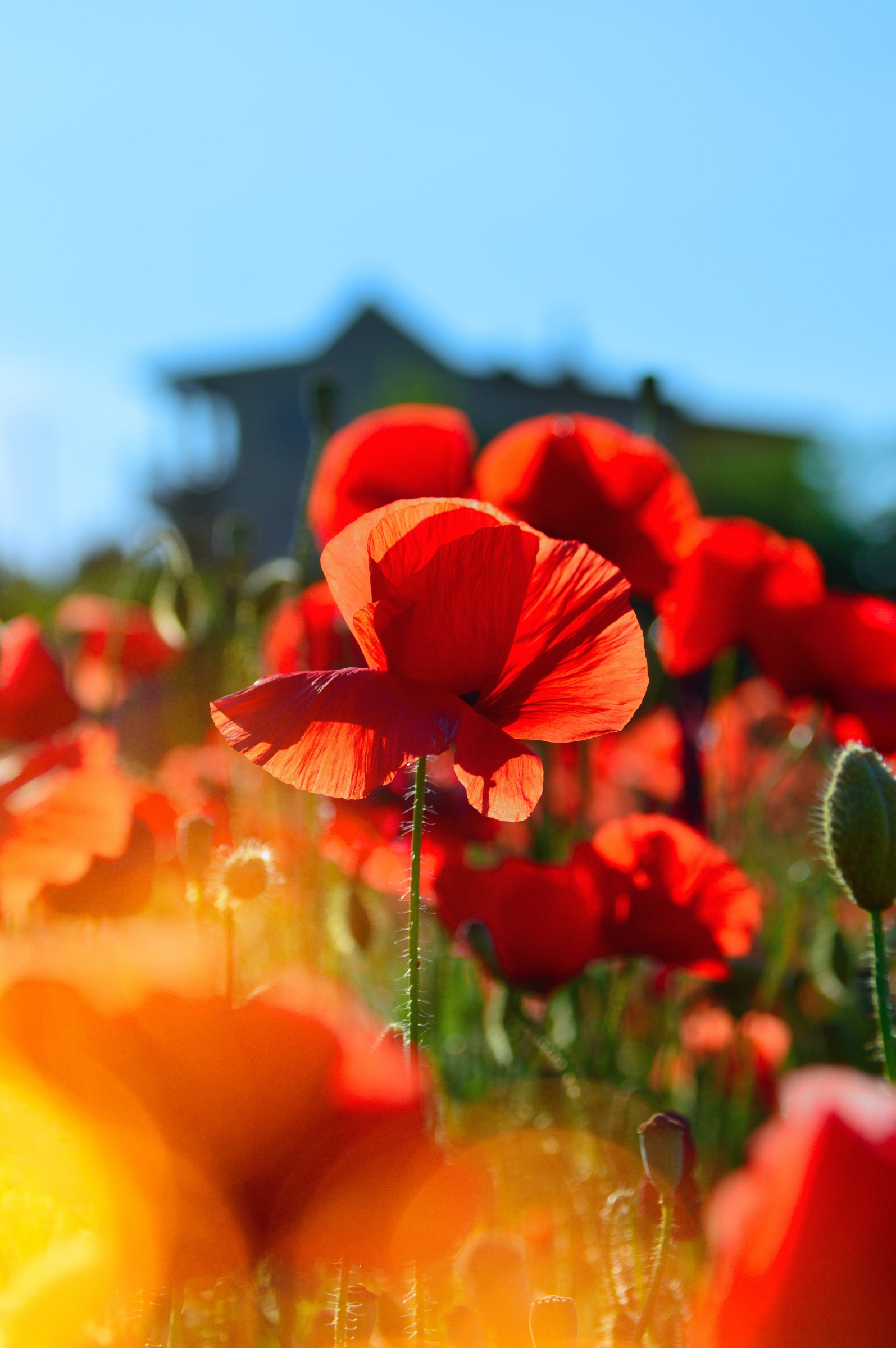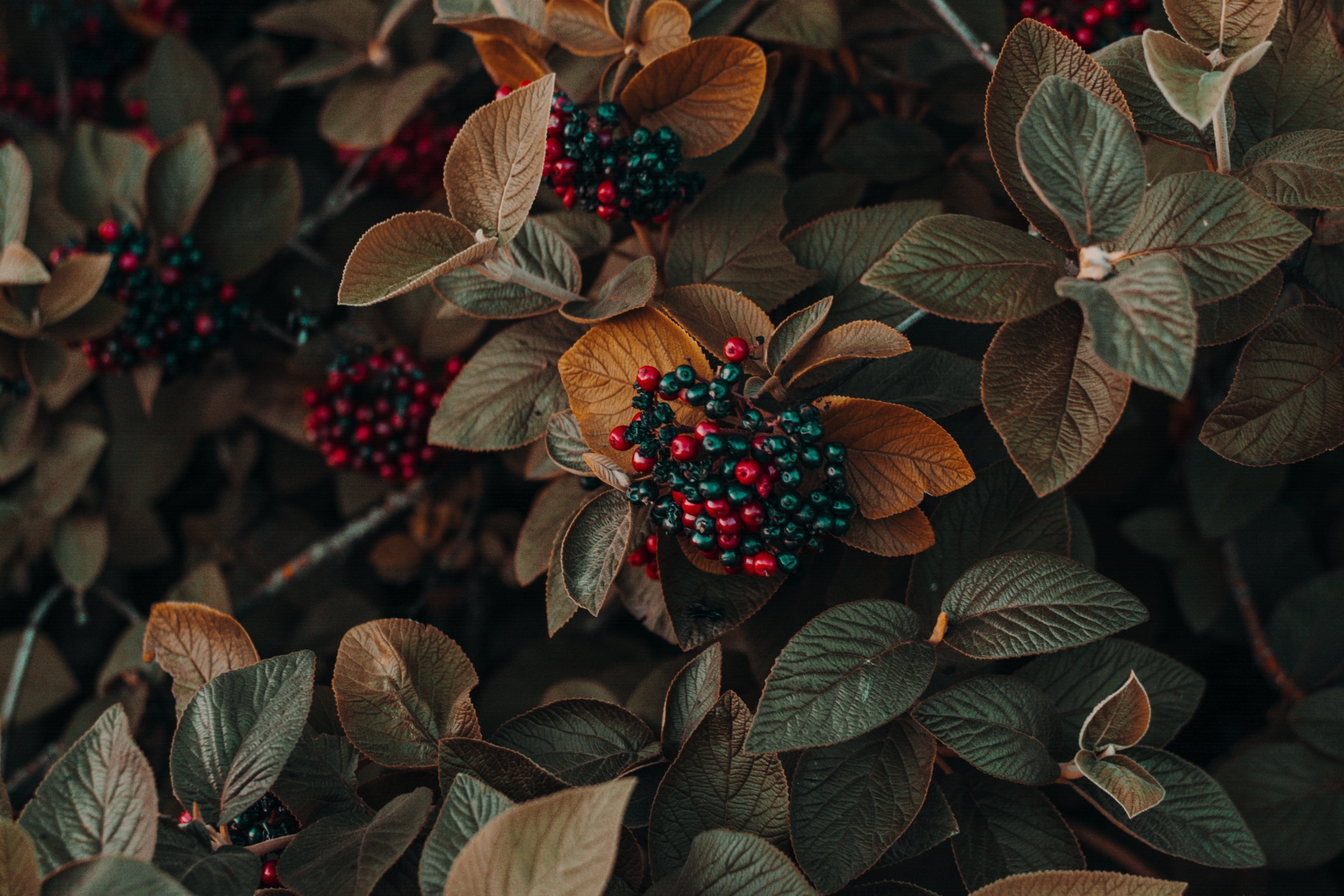The Stunning Dark Purple Elephant Ear Plant: A Tropical Beauty for Your Garden
Elephant ear plants are known for their wonderfully oversized, heart-shaped leaves that can grow up to 3 feet long While the most common varieties have green leaves, there are some absolutely gorgeous dark purple types that will really make your plantings pop In this article, we’ll explore why you should consider adding one of these dramatic beauties to your own garden.
What Exactly is a Dark Purple Elephant Ear Plant?
Elephant ears are in the same family as calla lilies and anthuriums, which is called Araceae. There are 3 main genera: Colocasia, Alocasia, and Xanthosoma. The dark purple varieties are most commonly Colocasia, specifically C. esculenta.
These tropical plants grow from tubers, similar to dahlias or canna lilies. Their natural habitat is swamps and ponds in tropical Southeast Asia, so they appreciate warm, humid environments.
The dark purple types have deep burgundy to nearly black foliage and stems The undersides of the leaves often have an attractive grayish bluish “bloom” when new. The leaves emerge with a bit more purple pigment when the plant is grown in full sun. In deep shade, they may appear more green
Some Popular Dark Purple Varieties Include:
-
Black Magic is the perfect dark elephant ear plant. Its leaves are a beautiful shade of purple-black with lighter veins. Grows 3-4 feet tall.
-
Black Sapphire is a plant whose leaves are so dark that they look like gems, hence its name. Forms a large 5 foot tall clump.
-
Black Ripple: This type grows to be only two to three feet tall, which makes it perfect for pots. Crinkly, ruffled edge leaves.
-
Fontanesii – Elegant 6 foot wide leaves with black stems and veins. More greenish-purple leaves.
-
Illustris – Graceful pointed leaves with bright purple undersides. Deep purple tops look nearly black. Grows huge at 8 feet tall!
Why Grow a Dark Purple Elephant Ear?
There are many great reasons to add one of these showstoppers to your garden:
-
They provide drama and contrast. The super-saturated purple-black foliage makes an incredible visual impact. They look amazing paired with silver, chartreuse and bright colors.
-
Unique texture. In addition to the striking color, elephant ears have a cool, velvety leaf texture and glossy sheen when new.
-
Size matters. Got a boring fence or blank wall? Plant a dark purple elephant ear in front and let the huge leaves work their magic.
-
Low maintenance. Once established, these tropicals are quite unfussy, pumping out enormous leaves even in poor soil.
-
Fast growers. They emerge quickly in spring, often gaining a new leaf each week. Reach mature size in one season.
-
Winter interest. After frost, their dead leaves and stalks left standing provide architectural interest contrasting with snow.
-
Wildlife value. Butterflies, hummingbirds and more are attracted to them.
How to Grow Dark Purple Elephant Ears
While they hail from the tropics, elephant ears are surprisingly easy to grow. Here are some tips for success:
-
Plant tubers in spring after last frost. Soak first if shriveled. Dig a hole and mix in compost to improve drainage.
-
Set the tuber 2-3 inches deep with growth buds pointing up. Backfill and tamp down lightly. Space plants 3-5 feet apart depending on mature size.
-
Provide at least 6 hours of sun for best color. Morning sun is ideal. Keep soil consistently moist but not soggy. Mulch well.
-
Apply a balanced liquid fertilizer every 2-3 weeks during active growth. Stake tall varieties as needed. Remove damaged leaves and stalks as they occur.
-
In zones 7-10, leave roots in ground over winter. In colder zones, dig up tubers after frost and store dry for winter.
-
Divide crowded clumps every 2-3 years in early spring.
Troubleshooting Problems
Elephant ears are not prone to many issues, but may experience:
-
Leaf spots or blight – improve air circulation and avoid wetting leaves. Apply fungicides if needed.
-
Chewed leaves – apply organic insecticidal soap spray for pests like Japanese beetles.
-
Rotting tubers – ensure good drainage and amend soil with compost.
-
Drooping or yellow leaves – adjust water, light, fertilizer. Stake heavy leaves.
Designing With Dark Purple Elephant Ears
Here are some great ways to incorporate these beauties into your garden:
-
Pair them with chartreuse sweet potato vine for high contrast.
-
Underplant with silver Dusty Miller for contrast.
-
Mix into a tropical garden with cannas and bananas.
-
Edge a pond or stream for strong vertical interest.
-
Use as a focal point in a large container with trailing scaevola.
-
Plant in rows along a fence alternating with variegated shell ginger.
-
Use as a lush background for white bloomers like mandevilla vine.
The Stunning Foliage of Dark Purple Elephant Ears
In addition to providing incredible drama, dark purple elephant ears offer huge tropical appeal with their bold leaves and stature. If you have a lackluster garden area begging for something special, think elephant ear! Their fast growth, low maintenance and winter interest make them a superb choice. With so many outstanding dark leaf varieties to pick from, there is one perfect for your own garden’s needs. Just be sure to give them adequate moisture and light for these beauties to really thrive.
/elephant-ear-black-contrast-big-5793beb73df78c1734bd1e51.jpg)
Featured Articles by Season




Latest from Wisconsin Yard & Garden
If you’re unable to find the information you need, please submit your gardening question here:
How To Grow Colocasia Black Magic. Unboxing and Colocasia Care Tips
FAQ
How to care for purple elephant ears?
- Elephant ears thrive in bright, indirect light.
- While they can tolerate full sun, partial shade or dappled sun is ideal, according to Southern Living.
What is the black purple elephant ear plant?
Colocasia esculenta “Black Magic” Black Magic Elephant Ear is a one-of-a-kind plant with beautiful, solid purple-black leaves that are 2 feet long. This amazing plant is ideal for a garden that needs an addition to catch the eye. Black Magic thrives in a position of partial to complete sunlight and in climates with warm Summers.
Is there really a purple elephant ear?
People say that purple is the color of royalty, and you’ll understand why when you see the Purple Cloak Elephant Ear’s long, purple-green leaves grow out.
